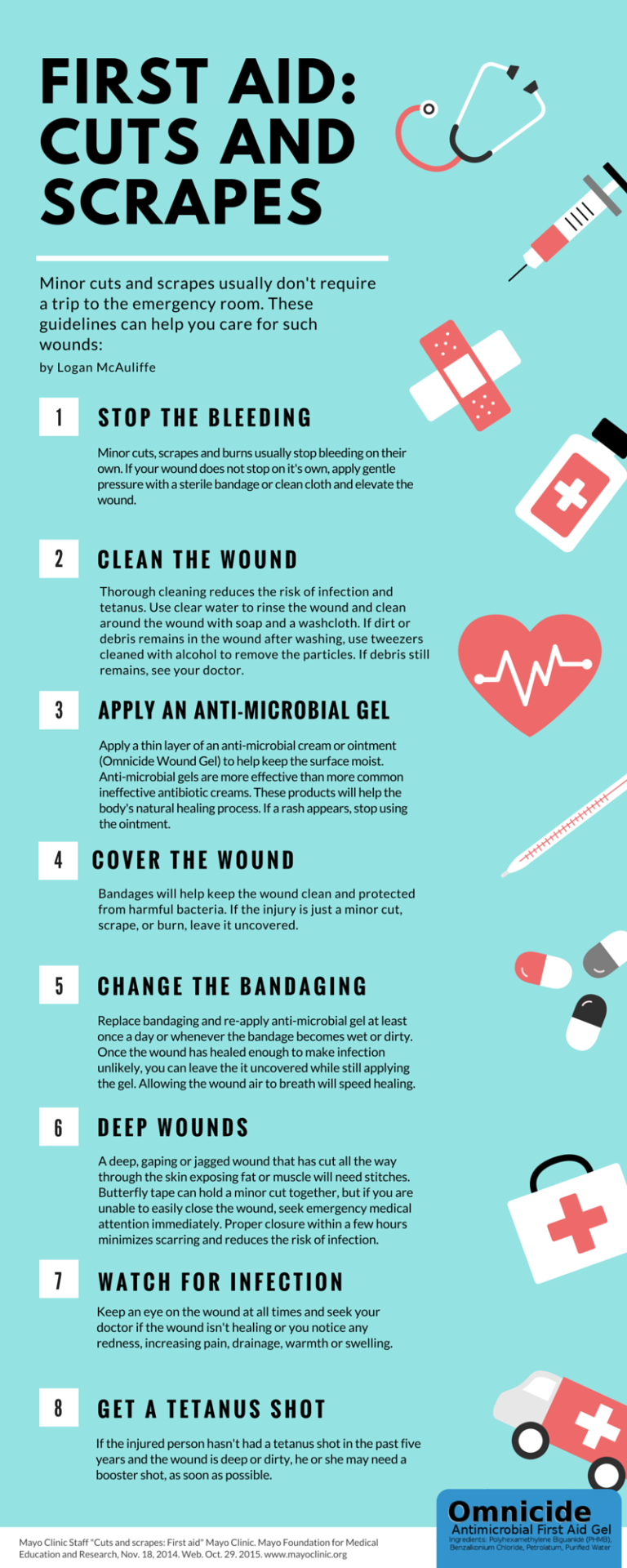Spectacular Tips About How To Treat Deep Wounds
/GettyImages-510828349-56848c3d5f9b586a9e0c0a1f.jpg)
It is really important for a deep cut to be treated with stitches, mainly to stop severe bleeding and speed up healing process.
How to treat deep wounds. Resources by mayo clinic staff these guidelines can help you care for minor cuts and scrapes: But some wounds may need to be treated by a medical professional if there's a risk of infection or. Cuts, grazes and lacerations are all examples of wounds.
Once the wound has healed, apply sunscreen with an spf of at. Make sure to keep the wound clean. Wounds can be caused by something sudden, such as a cut, a fall or a bad knock.
The wound is on the person’s. Stab wounds (trauma from sharp objects, such as knives) skin cuts. Surgical wounds (intentional cuts in the skin to perform surgical procedures) gunshot wounds (wounds.
Avoid picking at the affected area as it heals. Pressure ulcers are also known as bedsores and decubitus ulcers. The first stage of wound healing is.
Then, clean the wound with warm, soapy water, and apply gentle pressure to it. Most cuts and grazes can be treated at home and will start to heal in a few days. To treat a puncture wound, start by washing your hands to reduce the risk of infection.
But these wounds are often deep and can be. Prompt action can reduce the risk of infection and serious complications, including lockjaw. Stop the bleeding (hemostasis) when you get a cut, scratch, or other wound in your skin, it usually starts bleeding.
It’s important to treat the wound right away to reduce your risk for scarring. They range from closed to open wounds and are classified into a series of four stages based. By mayo clinic staff a puncture wound, such as from stepping on a nail, doesn't usually cause much bleeding.
When to call a doctor. Change the bandage daily to keep the wound clean and dry. A deep wound is also prone to.
Cleanse the wound daily with soap and water, and apply fresh petroleum jelly and a bandage. Cuts are usually caused by a sharp.


















